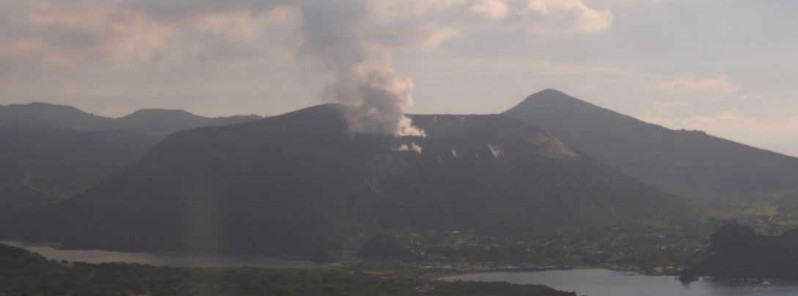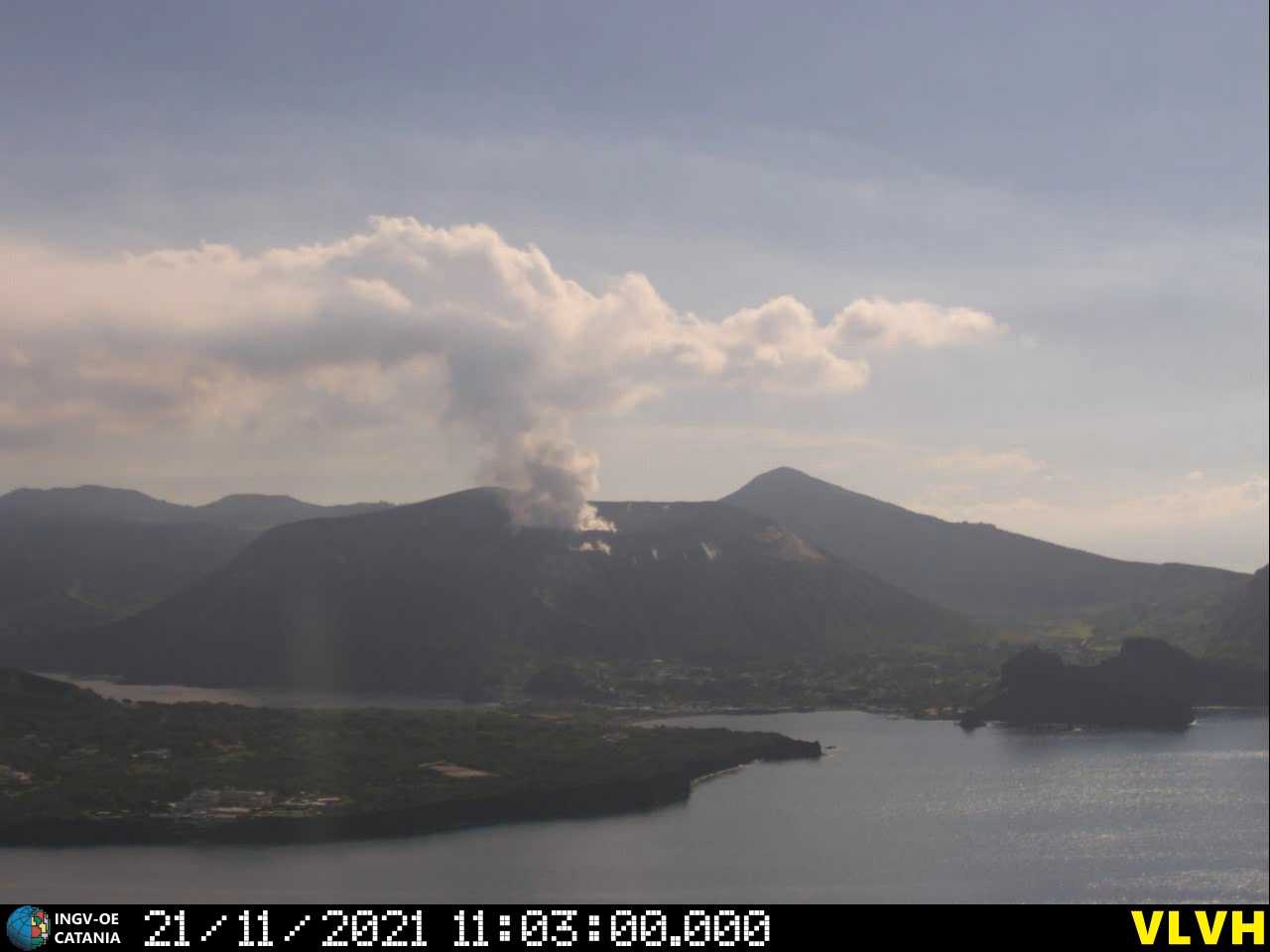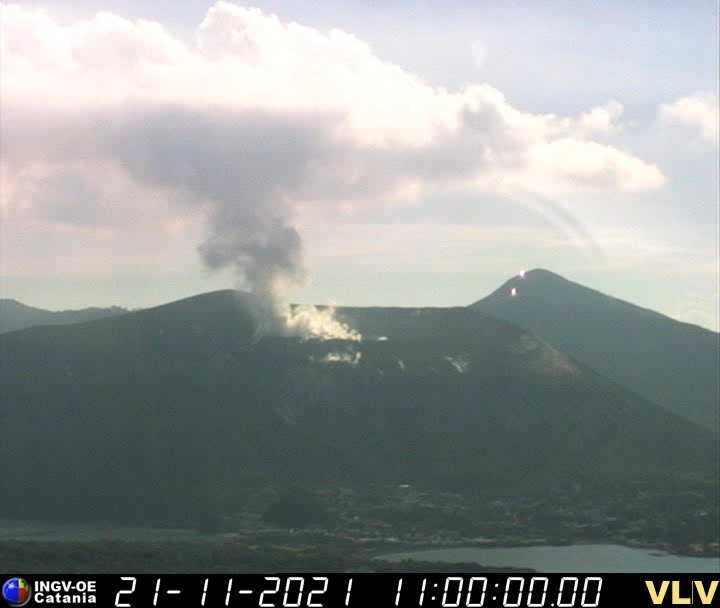State of crisis and regional emergency declared for the island of Vulcano, Italy

The Sicilian government has declared a state of crisis and regional emergency for the island of Vulcano. The decision was made on November 19, 2021, due to increased volcanic activity at the volcano.
The declaration will allow activation of all the necessary initiatives to guarantee the operational response in the area, the mitigation of risks and the assistance to the population affected by the progress of volcanic phenomena in recent weeks.1
The volcano remains on "Yellow" alert, declared by the National Civil Protection Department on October 1.2
The mayor of Lipari has announced an ordinance that prohibits citizens from staying in Porto di Levante overnight due to very high gas concentrations. This is a popular part of the island with famous natural hot mud pools.
The president of the Sicilian Region, Nello Musumeci, said he is closely following the situation which appears to be totally unprecedented, requiring the search for alternative accommodation for about 250 people.
"The further increase in the emission of toxic gases recorded in recent days by the National Institute of Geophysics and Volcanology, requires, in fact, the adoption of urgent precautionary measures to protect public and private safety, including the monitoring of phenomena and gases, the prohibition of areas at risk and the possible evacuation of the population from their homes," Musumeci said.
The Regional Civil Protection Department, led by Salvo Cocina, asked officials to raise the operational phase for the volcano from Yellow (attention) to Orange (early warning) and to increase monitoring of lethal gases.


In recent centuries, volcanic activity at the volcano has concentrated at the La Fossa cone and the last eruption took place between August 3, 1888, and March 22, 1890 (Volcanic Explosivity Index of 3).
Since the last eruption, La Fossa has gone through periods of different degassing intensities – from weak to strong – returning to emit large quantities of gas starting from 1977.
This gas emission activity occurs from a medium-temperature fumarolic field (100 °C / 212 °F
Hydrothermal manifestations of low temperature (100 °C / 212 °F) are instead present in the Faraglione and Baia di Levante area.
Between 1916 and 1927 and between 1988 and 1995 two notable increases in fumarolic gas temperatures were observed, up to 623 °C (1 153 °F) and 700 °C (1 292 °F), respectively. In the most recent crisis, monitoring systems also detected seismic activity and deformations.3
Geological summary
The word volcano is derived from Vulcano stratovolcano in Italy's Aeolian Islands.
Vulcano was constructed during six stages over the past 136 000 years.
Two overlapping calderas, the 2.5 km (1.5 miles) wide Caldera del Piano on the SE and the 4 km (2.5 miles) wide Caldera della Fossa on the NW, were formed at about 100 000 and 24 000 – 15 000 years ago, respectively, and volcanism has migrated north over time.
La Fossa cone, active throughout the Holocene and the location of most historical eruptions, occupies the 3 km (1.8 miles) wide Caldera della Fossa at the NW end of the elongated 3 x 7 km (1.8 x 4.3 miles) island.
The Vulcanello lava platform is a low, roughly circular peninsula on the northern tip of Vulcano that was formed as an island beginning more than 2 000 years ago and was connected to the main island in about 1 550 CE.
Vulcanello is capped by three pyroclastic cones and was active intermittently until the 16th century. The latest eruption from Vulcano consisted of explosive activity from the Fossa cone from 1898 to 1900.
This volcano is located within the Isole Eolie (Aeolian Islands), a UNESCO World Heritage property.4
References:
1 Allerta a Vulcano, il governo Musumeci dichiara lo stato di crisi e di emergenza regionale – Regione Siciliana
2 Vulcano volcano Alert Level raised to Yellow, last eruption took place in 1890, Italy – The Watchers
3 Vulcano – INGV Vulcani
4 Vulcano – Geological Summary – GVP
Featured image credit: INGV

Commenting rules and guidelines
We value the thoughts and opinions of our readers and welcome healthy discussions on our website. In order to maintain a respectful and positive community, we ask that all commenters follow these rules.